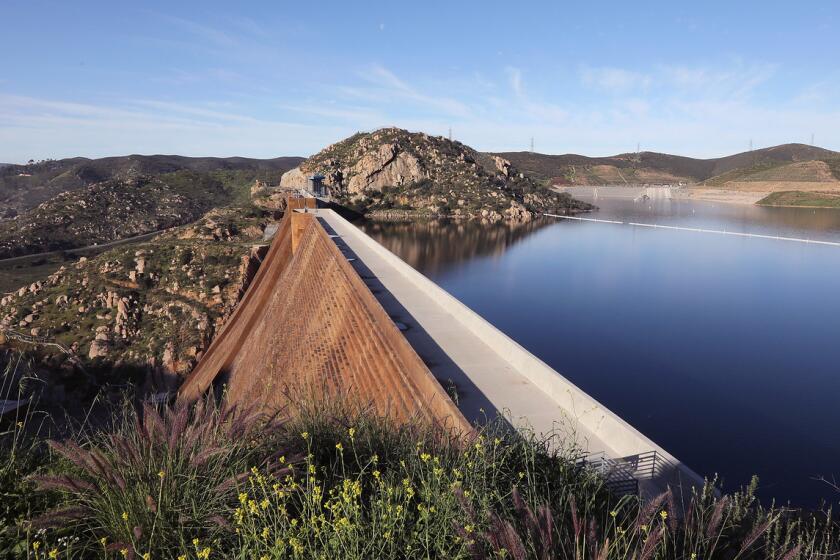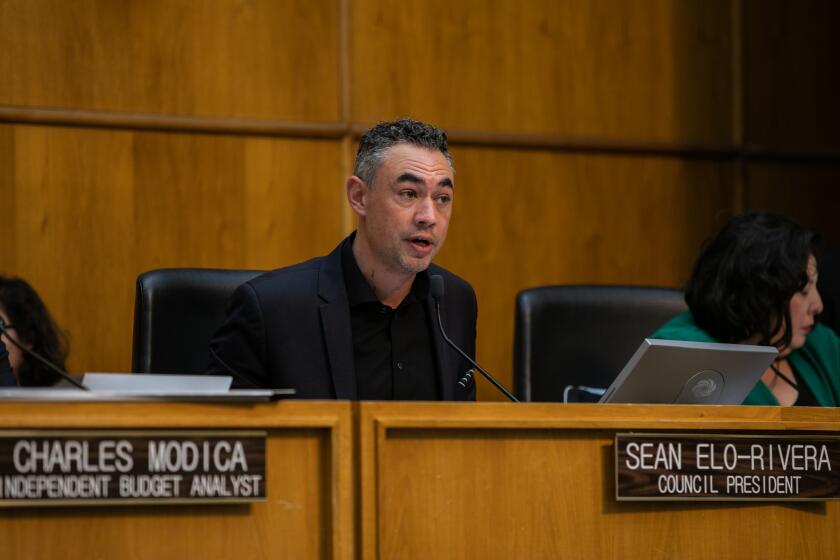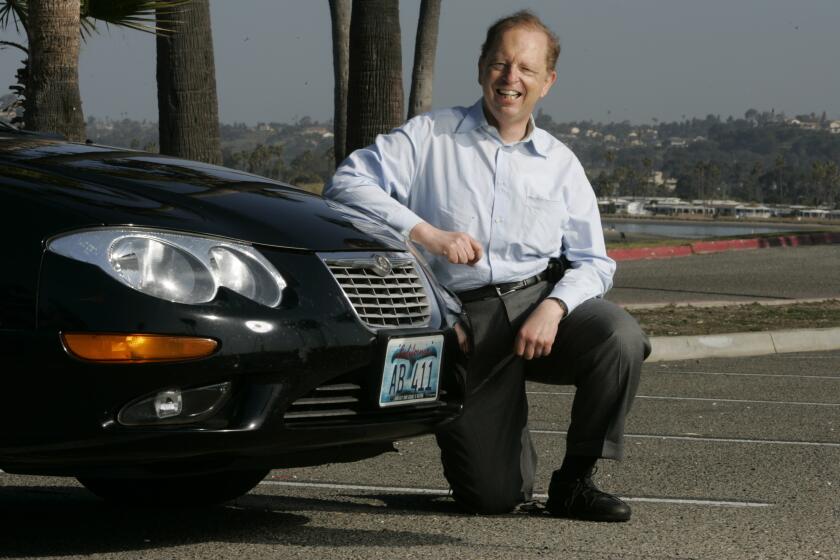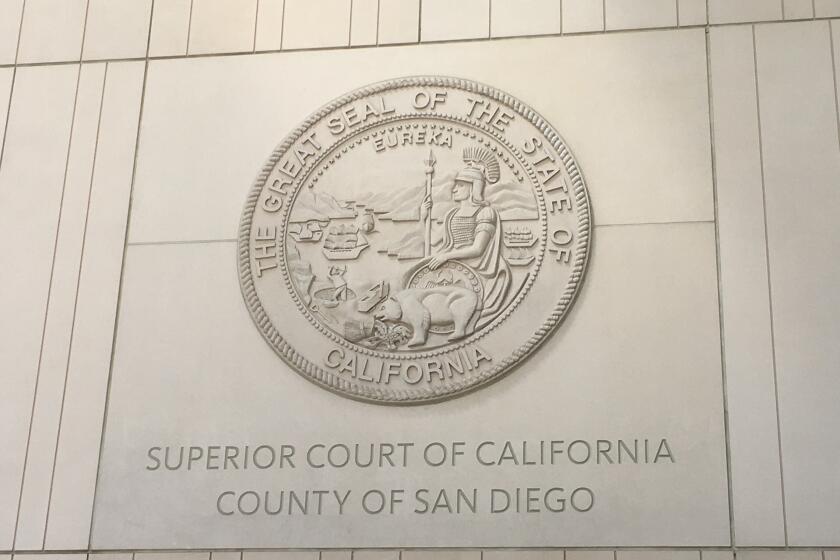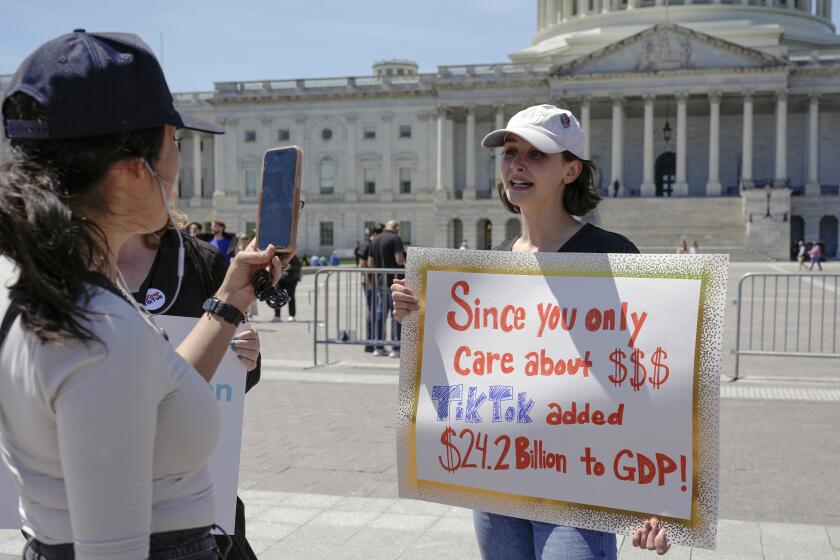San Diego is ramping up for more bike lanes, upgrading dangerous locations faster
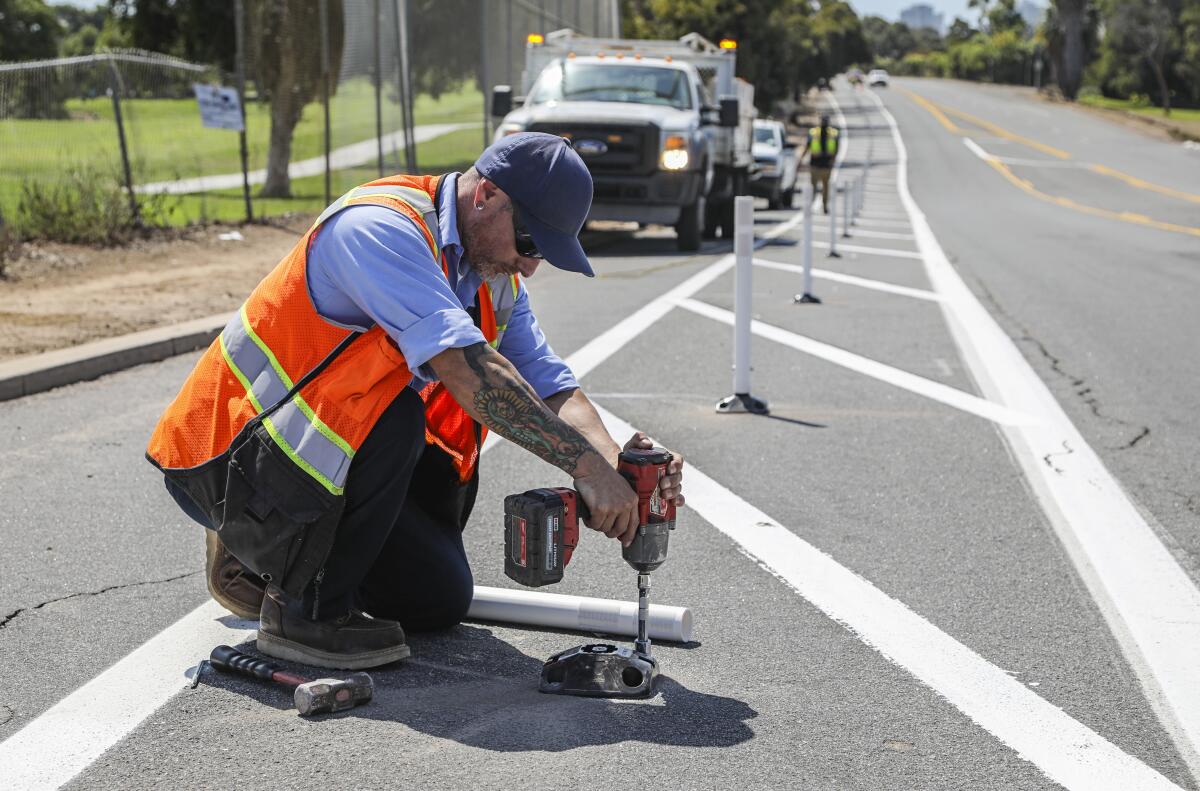
After two fatal crashes on Pershing Drive prompted rapid safety measures, some say that process can be a model for making roads safer
San Diego’s efforts to boost bicycle safety are ramping up with a new mayor prioritizing the issue, a record number of new bike lanes being created, and a new model for quickly addressing dangerous areas like Balboa Park’s Pershing Drive.
Cycling advocates say the timing is ideal for such a shift because more people have been cycling since the pandemic began, and because San Diego officials are under pressure to increase cycling to meet goals in the city’s climate action plan.
But community leaders in many San Diego neighborhoods remain skeptical. They often complain that bike lanes, which typically take away parking spots and vehicle lanes, are rarely used.
Cycling advocates say the lanes will get more use when the city creates a complete network of protected routes that encourages more people to cycle by making it safer.
San Diego city officials announced this week that the city has designed nearly 120 miles of bike lanes in the fiscal year that ended July 1. That’s a record and it’s more than double every other fiscal year since at least 2013.
Recent city bike lane projects include Montezuma Road, Reynard Way, West Point Loma Boulevard, Pacific Highway, Market Street near Euclid Avenue and Pershing Drive.
Last month the city quickly installed bollards on Pershing Drive after two cyclists were killed in separate incidents. Many consider that project a model for cutting through bureaucracy to immediately improve a dangerous situation.
“Perhaps it took a tragedy to make that happen there, but it shows what is really possible with paint and bollards,” Councilmember Joe LaCava told the council’s infrastructure committee Wednesday. “We need these quick build projects now.”
The paint and bollards on Pershing are a temporary measure until the county’s regional planning agency, the San Diego Association of Governments, begins construction on permanent protected bikeways there.
Mayor Todd Gloria’s staff said this week that the quick fix on Pershing is emblematic of the mayor’s more aggressive approach to cycling safety.
Gloria is planning a new strategic mobility plan that will amend the city’s 2013 bicycle master plan, which many critics called outdated.
Gloria also is spending $1.1 million to create a new 12-person team dedicated to planning and building bikeways across the city.
Other efforts include San Diego buying the city’s first small electric street sweeper designed for new bike lanes that are separated from traffic by rows of parked cars.
There is also a new city program that allows any business to make an online request for bike racks to be installed on nearby sidewalks.
In addition, the city has completed 4.5 of the 9 miles of cycle tracks that were included in the 2016 Downtown Mobility Plan. Cycle tracks are dedicated space for cyclists that usually allow travel in only one direction.
San Diego has created 450 miles of bike lanes since 2013. While advocates praise that number, some critics note that 410 of those miles are the less safe, painted bike lanes instead of protected lanes separated by medians or physical buffers.
Laura Keenan, whose husband was killed while cycling in Mission Valley last month, told the infrastructure committee that San Diego must prioritize protected lanes on major streets to avoid future tragedies.
“He was defenseless in a narrow, painted bike lane against a car going 35 miles per hour,” Keenan said of her husband, Matt, who was killed on Camino del Rio South. “It is unrealistic to expect traffic deaths to decrease or even remain flat without improving the safety and connectivity of our bike network quickly.”
Environmental groups also are lobbying the city to boost its cycling network, noting that San Diego’s climate action plan requires 18 percent of commuters in urban areas to be cyclists by 2035.
“We’re in a climate emergency, and we have to move people out of their fossil-fueled cars as fast as possible,” said Noah Harris, of the Climate Action Campaign. “Transportation accounts for more greenhouse gases than any other sector (of the economy) by far.”
City officials said there are reasons for optimism, including increased sales of electronic bikes and recently unveiled county statistics which show the weekday cyclists have increased by 35 percent and weekend cyclists grew by 53 percent from 2019 to 2020.
Councilmember Sean Elo-Rivera said the 14 cyclist deaths in the county this year should remind everyone of the importance of safety efforts.
“Bike lanes are not pet projects; they are public safety,” he said.
Get Essential San Diego, weekday mornings
Get top headlines from the Union-Tribune in your inbox weekday mornings, including top news, local, sports, business, entertainment and opinion.
You may occasionally receive promotional content from the San Diego Union-Tribune.

